The need for social transformation to address the multiple crises in our food system has been weaponized against the people by using a very narrow and harmful framing of the kind of innovation that is needed to meet the scale of the challenges.
A monoculture of meaning was cultivated: innovation became fixated on novelty and high technology, and was rooted in neoliberal values of productivity, efficiency, private ownership, and profit maximization. The Green Revolution advanced innovation in agriculture as high-yielding varieties of seeds and a suite of chemical inputs tailored to address food insecurity. Decades after, this narrow concept of innovation was promoted by the Organisation of Economic Cooperation and Development (2015) as an “imperative,” becoming a buzzword among the managerial class and gaining currency in corporations and other neoliberalized spaces. As a corporate agriculture’s weapon of choice, it is a framing that diminishes and delegitimizes farmers’ knowledge and practice. As an imperative, it asserts itself as an ultimatum: confront the poly-crisis we face today with any other kind of innovation and we march towards our extinction.

The capture of innovation woven into the narrative of the future of farming has enabled the unprecedented concentration of power and wealth that we see today in the hands of transnational agrochemical corporations and global technology firms, also known as Big Ag and Big Tech. The climate emergency has become the backdrop and impetus for urgent calls for innovations in food and agriculture, and possibilities of arresting the catastrophe are deliberately conflated solely with market-oriented digital and technological products and farm services that entrench the destructive status quo and ultimately serve as tools for exercising greater control over the food system. The marriage of these power players into a new leviathan, Digital Agriculture, has ushered in a new business model, where data is the product and, through data mining, trading, and surveillance, allows them to financialize food and and further encroach into what’s left of the spaces of resilience, freedom, and sovereignty in food and agriculture. “The food system is full of things that can be turned into data for data giants to harvest,” says ETC Group, an international research and action collective at the forefront of monitoring the impact of emerging technologies and corporate strategies on biodiversity, agriculture and human rights.
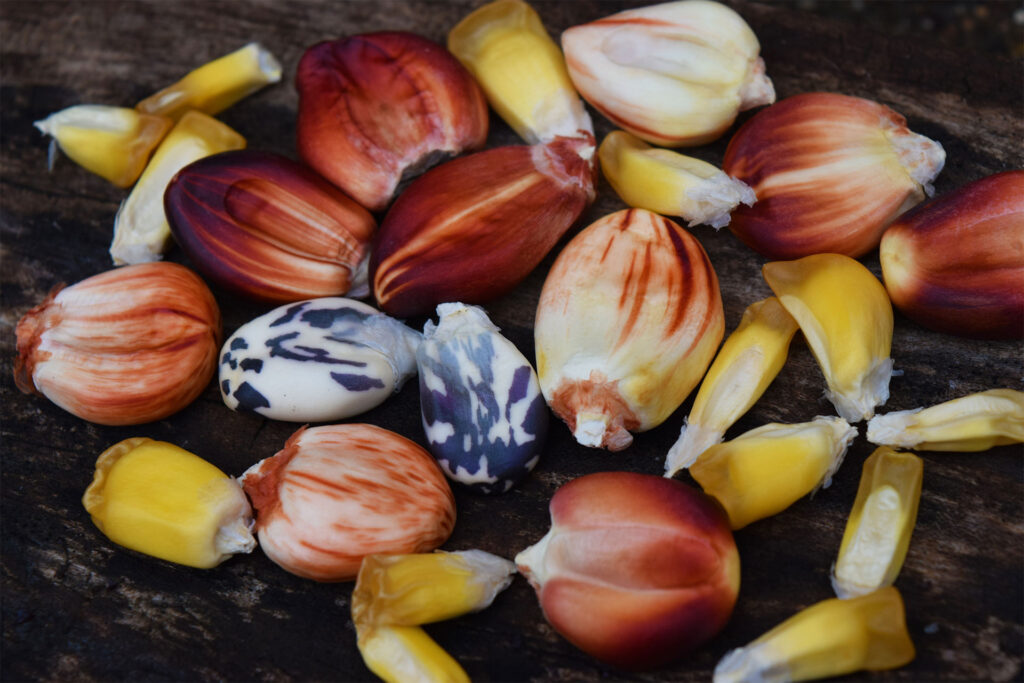
One such space of freedom is the seed. As the irrepressible source of life, the seed’s ability to reproduce itself vigorously populated and nourished a biodiverse planet. Farmers saved and exchanged seeds with each other freely for millennia to breed plants that are suitable to their environments and meet their communities’ various needs, not just the economic and culinary, but also the social, cultural, and political dimensions of community life. And for generations it is the seed’s innate ability to self-reproduce that allows it to circumvent the commodifying impulse of industry for profit-making.
Seeds are also data. No matter how miniscule, seeds are deep and vast storehouses of complex biological information that define the traits we see, smell, taste, and enjoy as they turn into the fruits, vegetables, grains, food that we eat. It is this very data that, with the development of high-yielding hybrid varieties or the modification of genetic information, are hijacked so that the seed’s reproducible will to life is terminated. Succeeding generations no longer exhibit the same traits of the parents or “innovative” traits are introduced. The lag in innovation in terms of proprietary active ingredients in chemical inputs over the recent years has been replaced by the instrumentalization of information in these germs of life. Technology innovations now come in the form of seeds carrying instructions for a few “blockbuster traits” that are tailored to the narrow dictates of the market, sacrifice diversity (and in effect resilience), and lock in farmers to expensive chemical dependencies and relentless commercial interests that impoverish them and destroy their connection to the farmers and the community.

Another strategy framed to encourage and incentivize innovations is plant variety protection, such as the International Union for the Protection of New Varieties of Plants, which grants breeders exclusive intellectual property protections on commercial seed varieties. The development of these patent-like protections grew alongside the consolidation of the seed industry, with only two companies now controlling 40% of the market and leading to a rapid increase in the prices of commodity seeds, compared to the 10 companies dominating two-and-a-half decades ago. The high rate of profitability that took place concurrent to this change in the sector is communicated not as a result of the power that came with that level of industry consolidation, but rather as a sign of the economic prosperity that corporate seed innovations bring to farmers through increased productivity and lower costs, despite widespread grassroots evidence to the contrary. We see now that such legal instruments only pay lip service to fostering innovations because they are effectively tools for industry monopolies, creating very strong barriers to genuine innovations, given there is nothing as chilling as the criminalization of community practices of seed saving and seed banking and the potential prosecution of farmers.

Faced with the two-headed monster that is innovation capture and plant variety protection law, we realize that the naturally occurring trait of the seed to self-reproduce achieves material and political potency as a resistance to commodification only if it is inextricable from the farmer’s ability to exercise control and autonomy over their farming practices, including the ability to save, use, exchange, and sell seeds. Innovations relating to seeds in agroecology proceed from a principle and practice of power sharing and rights protection. In agroecology the germplasm of life becomes a powerful tool to address the existential crises that humanity faces, with the double whammy of global hunger and extreme weather events, in a way that is just and sustainable because it is intimately bound up with the protection of farmers’ rights and stewardship of the commons, where the seed occupies a central place.
In agroecology, all innovation is political. Innovations carry DNAs of production models, blueprints that shape practice—how food will be grown, who makes this decision, and who benefits from it. A genetically modified seed grows a production model that is worlds apart from the farming practice that uses seeds shared freely between farmers. Without this understanding of innovation and the assertion of peasant farmers as the seed’s rightful custodians, the seed will fall easily into the privatizing clutches of the corporate food system, and with it the further deskilling and eventual dispossession of peasant farmers. A world without farmers—the ultimate vision of the corporate drive towards digitalization in agriculture—is a world where the value of food has nothing to do with the communities it sustains and nourishes, but everything to do with the wealth and power it is able to seize from the people.
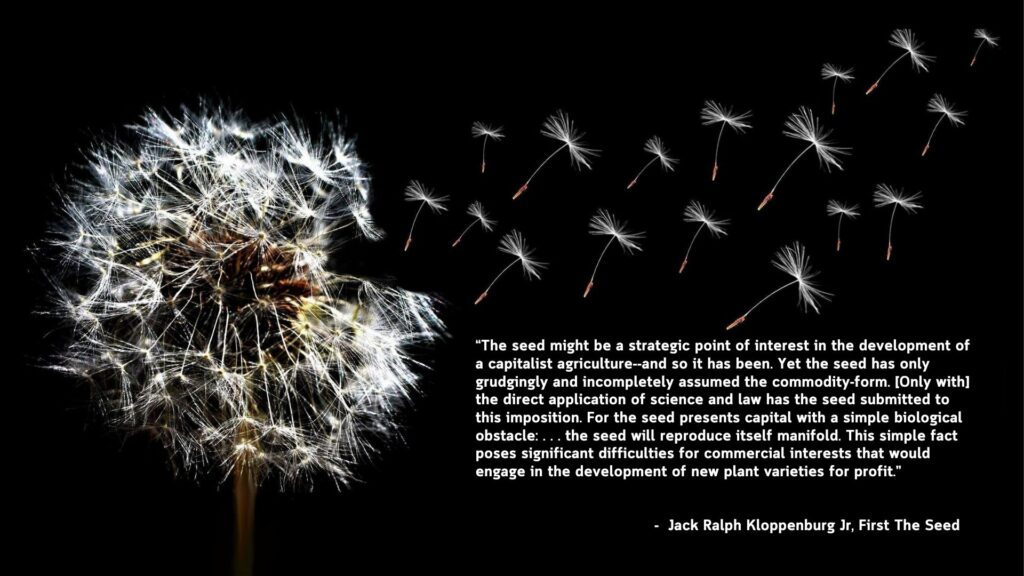
INNOVATIONS IN AGROECOLOGY ACCORDING TO IPAM FIELD LEARNING SITES
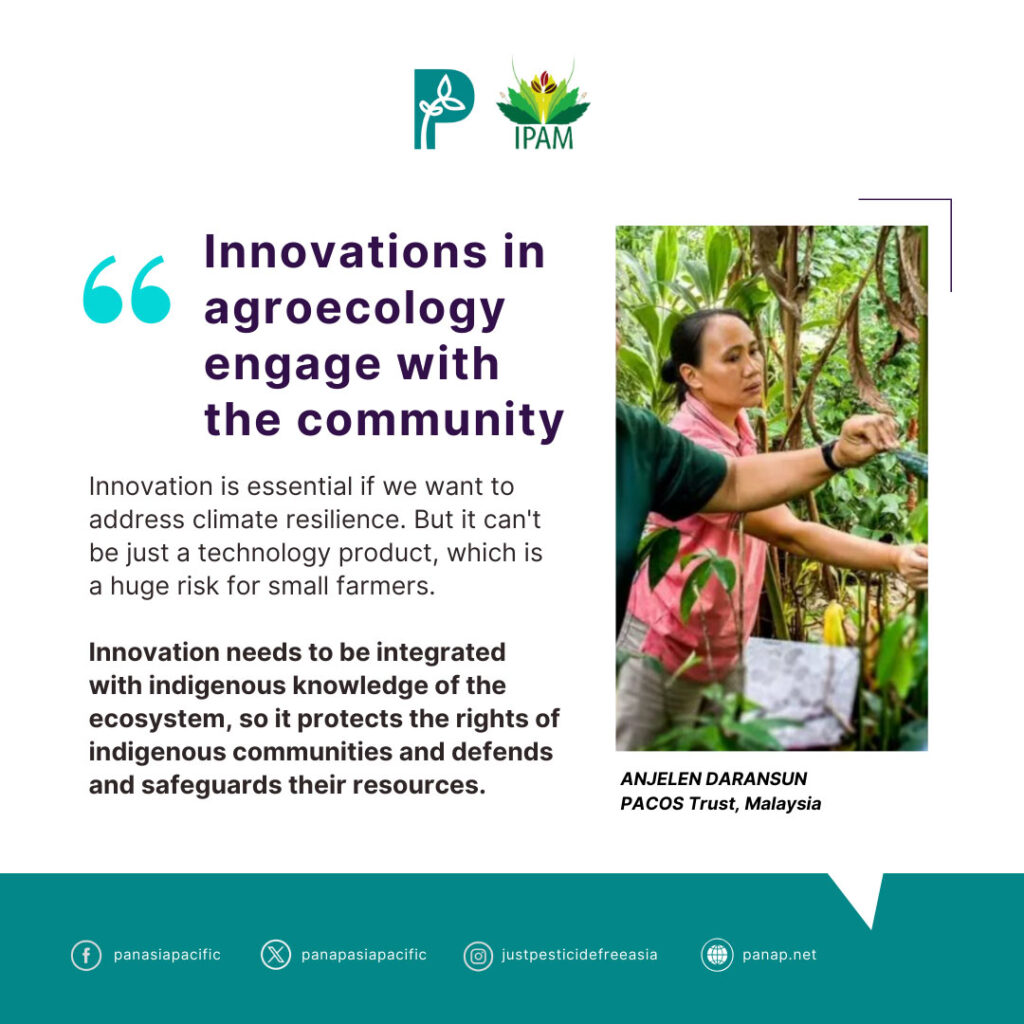
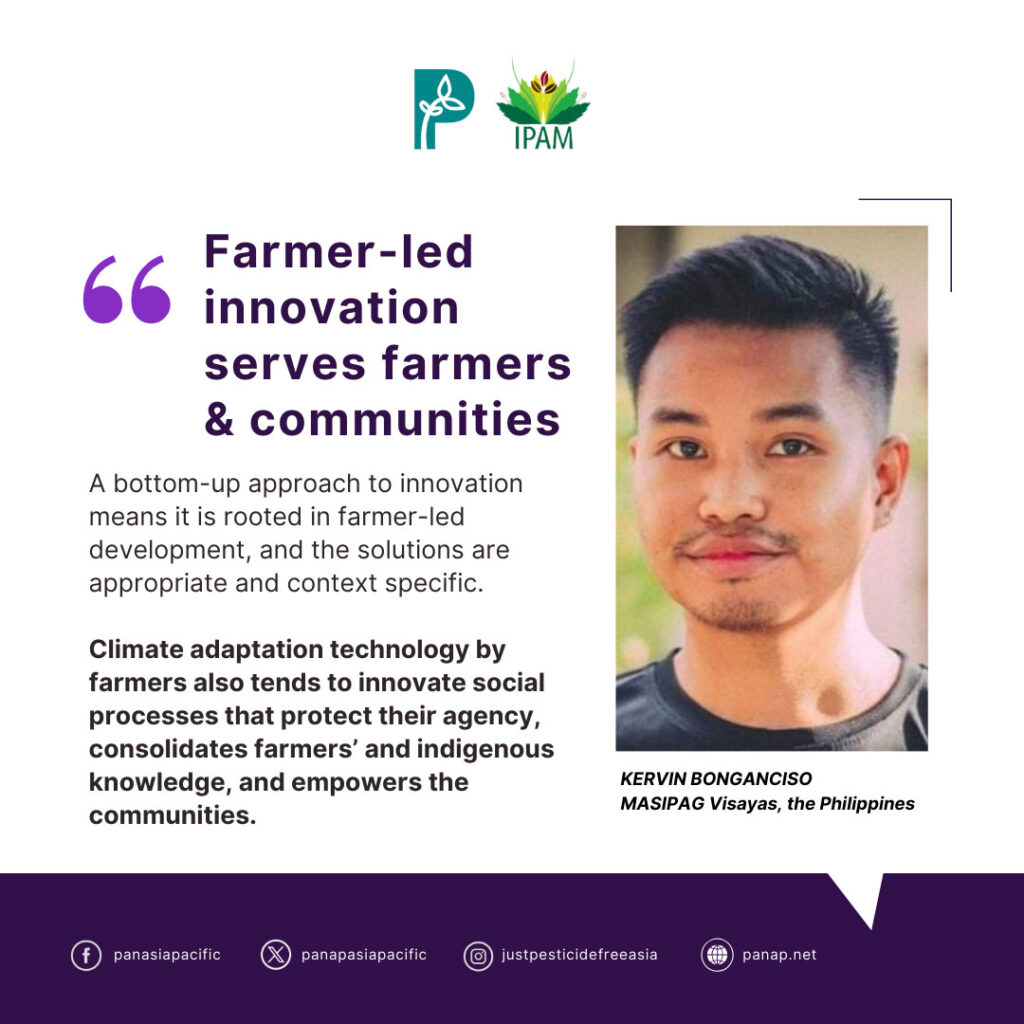
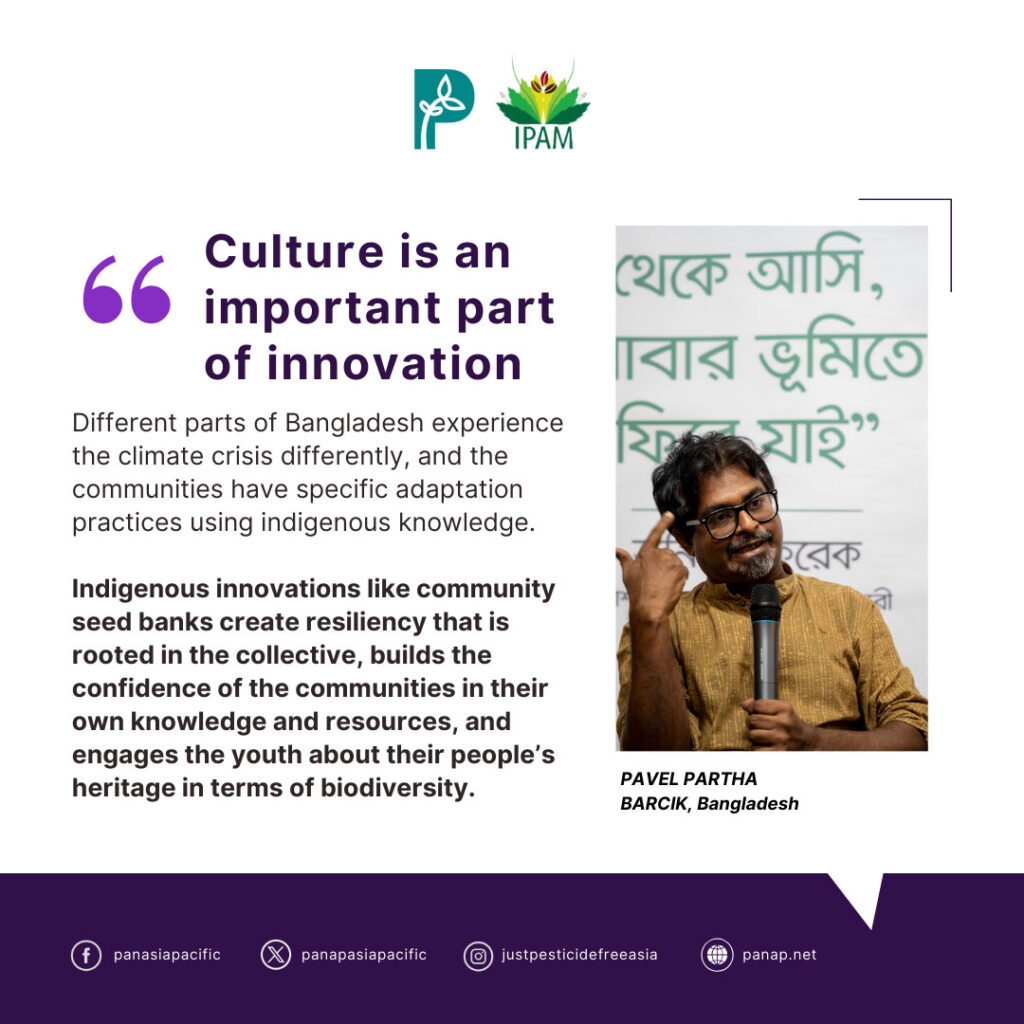
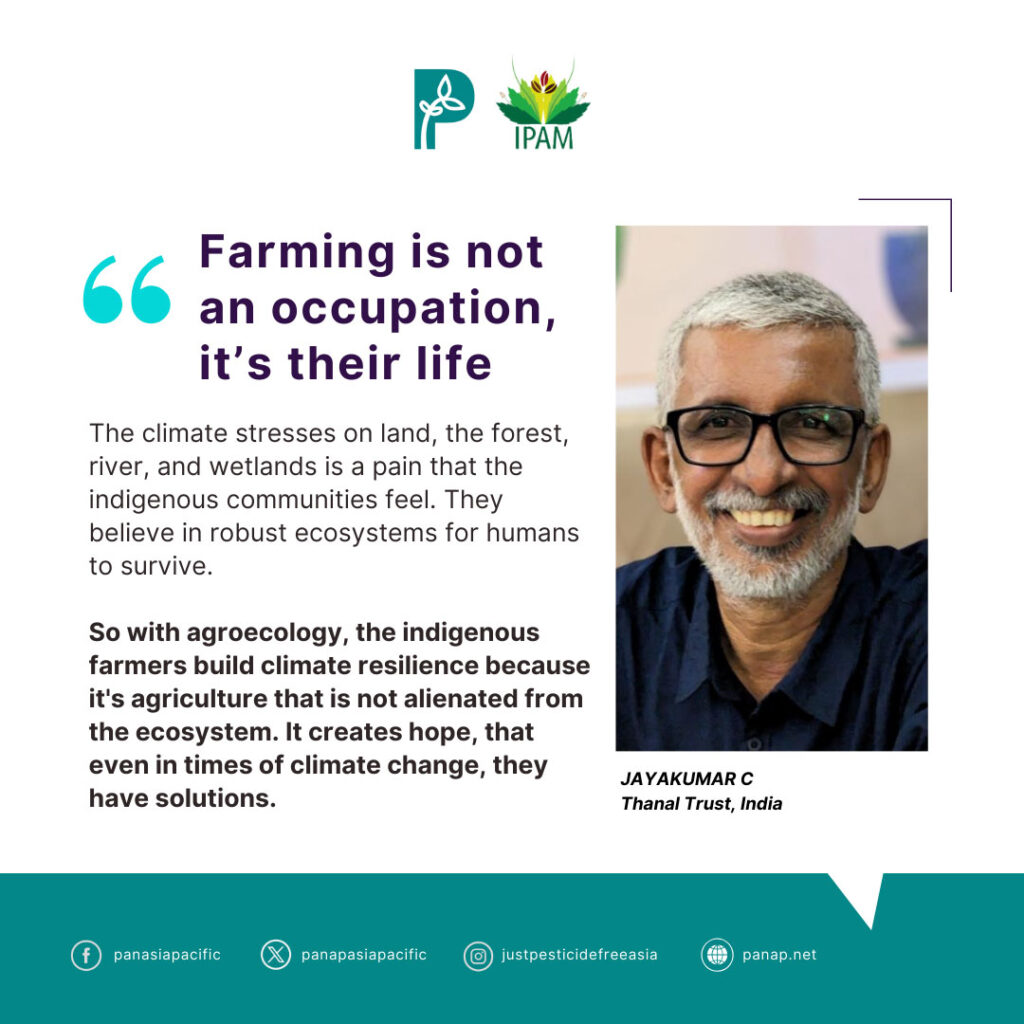
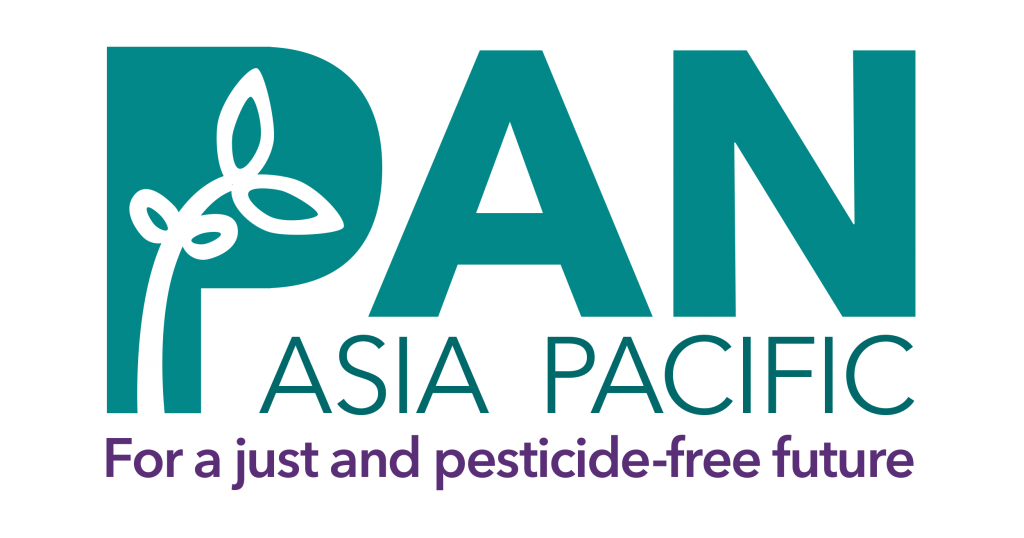







Discussion about this post